The art of Traditional Australian Tattooing has a rich history that dates back thousands of years. Nowhere is this more apparent than in traditional Australian tattooing. The most popular body part for tattoos among Australians is the back, followed by the arms and legs.
This style of tattooing has been practiced for centuries by the Indigenous people of Australia, who have used tattoos as a way of expressing their cultural identity, spirituality, and connection to the land. A study conducted by the University of Melbourne in 2018 found that tattoos are more common among Australians with higher levels of education and income.

The NHMRC survey found that 1 in 3 Australians with tattoos regretted getting them, with the most common reason being that they no longer liked the design (31%). In case you are the one of those people we highly suggest you schedule an appointment at Melbourne laser tattoo removal clinic.
In this article we will talk more about some of the most famous traditional Australian tattoo techniques and styles.
Techniques
The hallmark of traditional Australian tattooing lies in its distinct techniques that have been inherited through generations. One of the most notable features of this style of tattooing is the application of ink using hand-poking techniques. Unlike modern tattoo machines, traditional artists use sharpened sticks or bones to puncture the skin delicately. The method is relatively slow but ensures meticulous design with intricate details.
In addition to hand-poking, skin pricking is also a common technique used in traditional Australian tattooing. This involves using a sharp object such as a needle or bone to make small incisions in the skin, and then applying pigment to the wound. Skin pricking produces designs with a more textured appearance, and is frequently combined with hand-poking to create intricate and elaborate designs.
Styles
Traditional Australian tattooing showcases its unique styles as well. One of its most identifiable styles is a “dotwork” technique that employs tiny ink dots to create intricate designs. This style is commonly used to represent nature's elements, such as animals, plants, and landscapes
The geometric style is another popular technique used in traditional Australian tattooing. It involves the use of simple geometric shapes like circles, triangles, and squares, to form complex patterns. These designs often have spiritual and cultural significance.
Apart from dotwork and geometric styles, traditional Australian tattooing offers a diverse range of other styles, such as figurative designs, abstract designs, and lettering. Figurative designs usually incorporate images of animals such as kangaroos, snakes, and eagles, while abstract designs can feature patterns inspired by Indigenous art or the natural world.
Spiritual Significance
Tattoos hold immense cultural and spiritual significance for Indigenous Australians. They go beyond just a form of body art and serve as an integral part of their cultural identity. Tattoos often symbolize cultural icons like totems, spiritual entities that guide and safeguard individuals or communities.
Moreover, tattoos are also utilized to express one's connection with the land. For Indigenous Australians, the land is a sacred entity that holds deep connections with all living beings. Tattoos depicting the land are typically created with natural pigments such as ochre or charcoal, and incorporate designs resembling natural landscapes such as rivers, mountains, and trees.
Revival of Traditional Australian Tattooing
Despite its deep-rooted history, traditional Australian tattooing lost its popularity during the early 20th century. The rise in popularity of Western-style tattooing resulted in the traditional Indigenous tattooing practices being overlooked.
Nevertheless, there has been a surge of renewed interest in traditional Australian tattooing in recent years. This can be attributed to the growing awareness of Indigenous culture and a desire to honor and preserve traditional practices. As a result, there is an increasing number of Indigenous tattoo artists who are dedicated to keeping these practices alive and passing them on to future generations.
Final Thoughts
The art of traditional Australian tattooing is a rich and distinctive form of body art that holds significant cultural and spiritual significance for Indigenous Australians. Its unique techniques, including hand-poking and skin pricking, have been passed down through generations and continue to be practiced by a growing number of Indigenous tattoo artists today. The distinctive styles of traditional Australian tattooing, including dotwork, geometric designs, figurative and abstract styles, all hold important cultural and spiritual meaning for Indigenous Australians.
Traditional Australian tattoos are more than just a form of body art; they represent an individual's connection to the land, culture, and spirituality. The resurgence of interest in traditional Australian tattooing in recent years is a reflection of the growing appreciation and recognition of Indigenous culture and the desire to preserve traditional practices. With the continued growth of interest in Indigenous culture, we can expect to see traditional Australian tattooing play an increasingly important role in the world of body art. This art form represents a significant part of Australia's cultural heritage and serves as a reminder of the importance of preserving Indigenous traditions and practices for future generations.

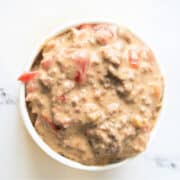


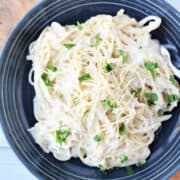




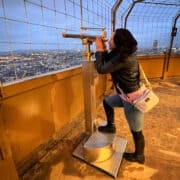
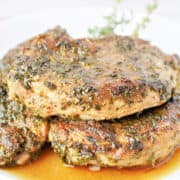




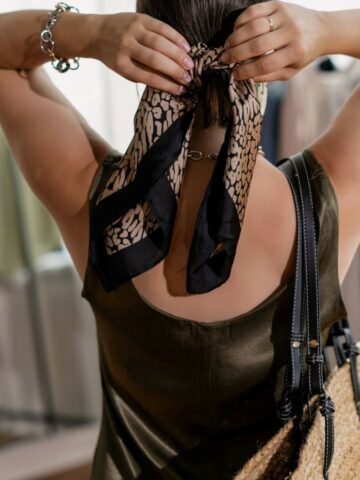

Leave a Reply